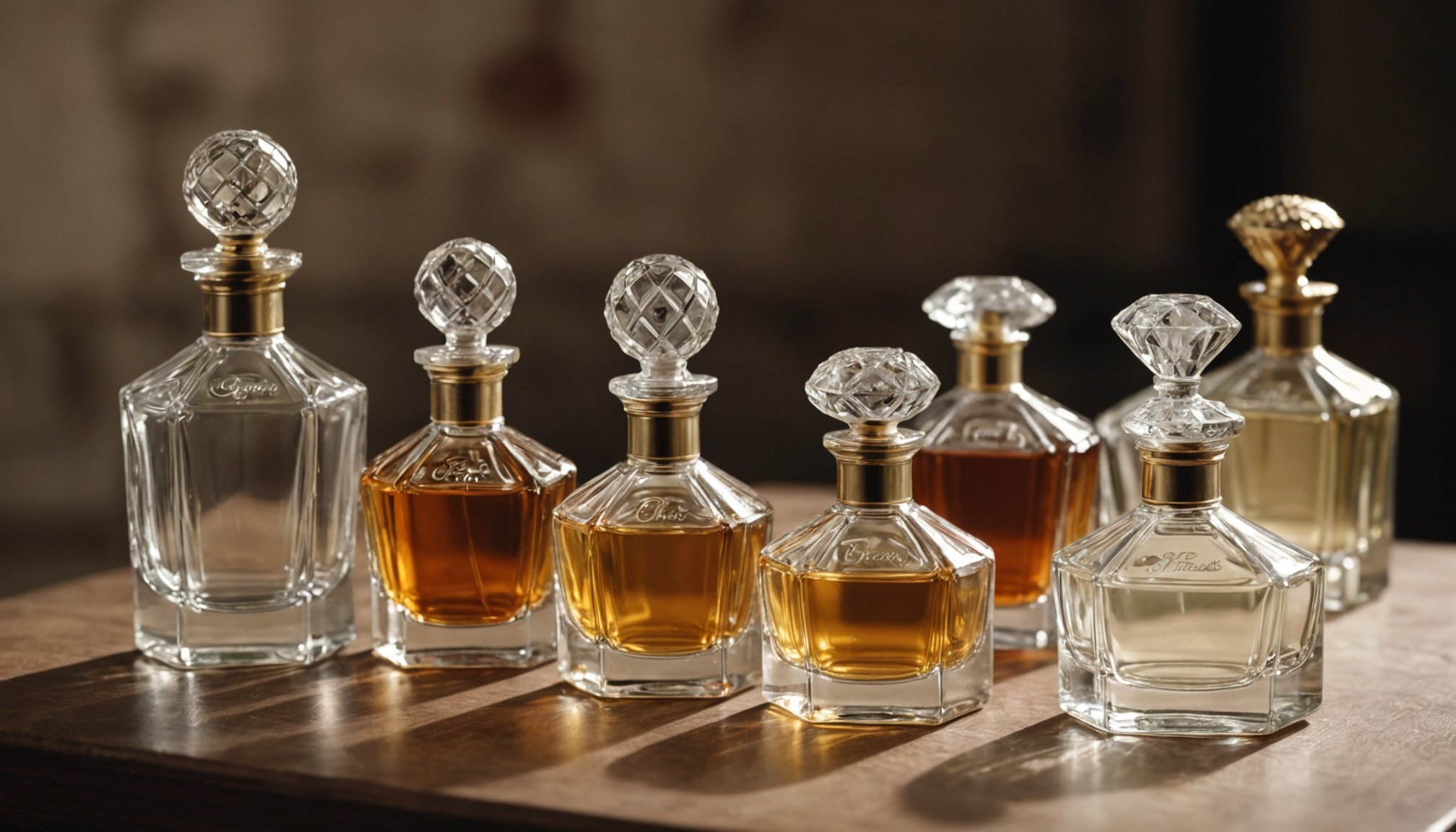French perfume craftsmanship boasts a rich tradition, intertwining artistry and culture across centuries. From the lavender fields of Provence to the innovation of iconic brands like Chanel and Dior, this heritage tells a story of passion and precision. Explore how the evolution of fragrance reflects societal changes, revealing the craftsmanship that makes French perfumes unparalleled. Delve into the artistry that continues to captivate hearts and evoke memories.
Exploring the Origins of French Perfume
The roots of French perfumery stretch back to the mid-1500s in Grasse, a charming town that rose to prominence thanks to its ingenuity and abundant natural resources. Originally a hub for leather tanning, the industry in Grasse began incorporating aromatic lavender and other local flora to mask the unpleasant odors of tanned hides. This clever innovation laid the foundation for what would become the world’s perfume capital and an enduring symbol of French craftsmanship. A detailed exploration of this heritage can be enriched further through resources like https://www.robertet.com/en/fragrances/, which emphasizes the combination of tradition and modernity in fragrance creation.
Also to read : Unveil trendy fashion clothing and products for all styles
By the 18th century, Paris ascended as a key destination for perfumery, where the art form evolved into a luxurious craft. Visionary perfumers, such as Jean-Louis Fargeon, catered to royalty, including Marie Antoinette, producing unique scents that symbolized refinement and opulence. This period also marked the establishment of renowned perfume houses in Grasse, such as Fragonard and Galimard, which continue to embody timeless elegance.
The region’s natural gifts, combined with centuries of expertise, have not only preserved its legacy but ensured its continued impact on the global perfume market. The celebration of aromatic festivals in Grasse highlights this deep connection to tradition, nature, and artistry.
Also read : Elevate your look with the latest techwear hoodies
Evolution of French Perfume Craftsmanship
Transition from Grasse to Paris
The evolution of perfume in France began in Grasse, where perfumery was initially intertwined with the leather tanning industry. Grasse, known for its famed lavender fields and rose cultivation, became the hub for French scent craftsmanship in the 16th century. By the 18th century, Paris emerged as the new epicenter of perfume manufacturing in France, driven by influential perfumers like Jean-Louis Fargeon, who crafted bespoke scents for French royalty, including Marie Antoinette. This shift marked the transition from regional experimentation to national prominence, elevating perfume into a sophisticated art form closely tied to fashion and culture.
The Introduction of New Materials and Techniques
The introduction of aldehydes in 1921 with Chanel No 5 revolutionized the scent composition and blending process. Traditional ingredients, such as rose, jasmine, and sandalwood, were now complemented by synthetic materials, expanding the palette for classic French scents. While retaining artisanal traditions, French perfume houses began embracing innovation, blending modern techniques with the legacy of traditional perfumery techniques. Materials sourced from Provence, such as lavender and mimosa, fused with exotic imports, highlighting France’s ability to adapt and dominate global markets.
Impact of Cultural Shifts on Fragrance Trends
French scent craftsmanship evolved alongside cultural shifts, reflecting changing tastes and societal influences. Post-revolution France emphasized elegance and individuality, fostering the rise of iconic French fragrances. This cultural significance of perfume deepened its status as both an everyday luxury and an artistic statement.
Iconic French Perfumes and Houses
Signature scents from leading French brands
The iconic French fragrances created by historic perfume houses like Chanel, Dior, and Guerlain continue to shape the global perception of luxury. The revolutionary Chanel No. 5, launched in 1921, stands as a timeless example of olfactory innovation. It was one of the first perfumes to use aldehydes, creating a completely unique, powdery scent that broke traditional fragrance conventions. Similarly, Guerlain’s Shalimar and Dior’s Miss Dior embody the elegance and excellence of French perfume houses, blending historical prestige with rich, evocative notes.
The artistry behind classic and contemporary fragrances
French perfumery is celebrated for its olfactory storytelling through French perfumes, weaving complex narratives through scent composition and blending. Fragrances crafted in Grasse reflect the mastery of traditional perfumery techniques, utilizing exquisite materials like lavender and jasmine from Provence. These ingredients are meticulously selected and synthesized, offering a harmony between nature and artistry. This craftsmanship persists today, with luxury and niche perfume brands in France innovating within the art form, from vintage creations to modern, trend-forward compositions.
The role of fragrance in fashion and lifestyle in France
In France, perfume transcends its functional role, emerging as an essential aspect of fashion and lifestyle. Fragrance complements couture, with designers like Yves Saint Laurent introducing scents to enhance their collections’ sensual appeal. Moreover, classic French scents have become symbols of refinement, playing a significant part in daily rituals and cultural expressions, instilling a profound link between identity and aroma.
Contemporary Trends and Future of French Fragrance
Innovations in Sustainable Practices within the Industry
The perfume sustainability in France has seen a major transformation as environmental consciousness grows globally. French fragrance houses, including brands rooted in tradition, are championing the use of eco-friendly and ethically sourced materials. Shifting toward renewable energy in perfume manufacturing in France, these initiatives spotlight the use of natural ingredients like lavender, jasmine, and indigenous flora. Modern techniques such as molecular recycling and biodegradable packaging ensure the future of French scent craftsmanship aligns with ecological responsibility while maintaining the luxury and artistry associated with traditional perfumery techniques.
The Rise of Niche and Artisanal Brands
The emergence of luxury and niche perfume brands in France provides a counterbalance to mass-produced fragrances. Many of these artisanal French perfume houses are reviving historical perfume recipes from France, combining timeless methods with experimental fragrance blends. This movement also delves into creating gender-neutral and customizable fragrances, reflecting evolving perfume culture in France. These brands emphasize storytelling through unique scent composition and blending, creating a more intimate and personal olfactory experience.
Perfume Festivals and Tourism Experiences in France
From Grasse’s jasmine festival to interactive fragrance workshops in French cities, perfume tourism in France is thriving. These immersive experiences deepen the connection between French perfumery’s heritage and contemporary innovations, drawing enthusiasts worldwide. Such events celebrate the integration of French fragrance history with community and creativity.











